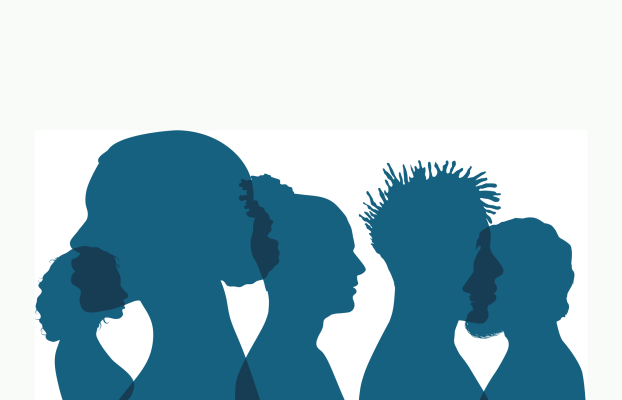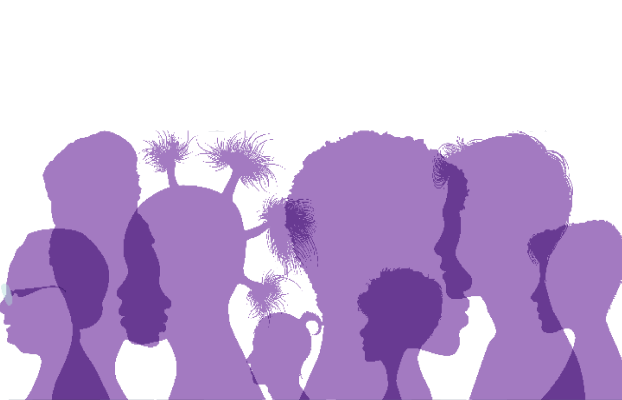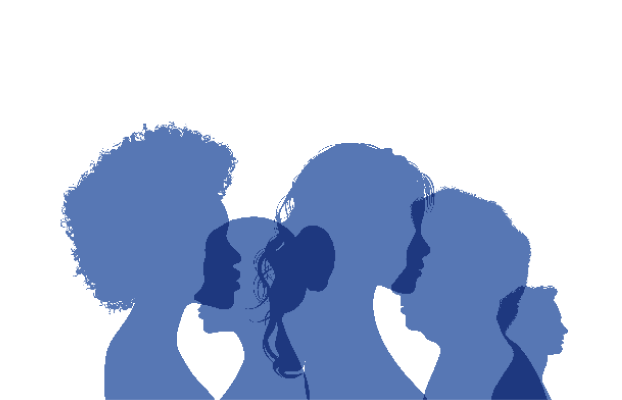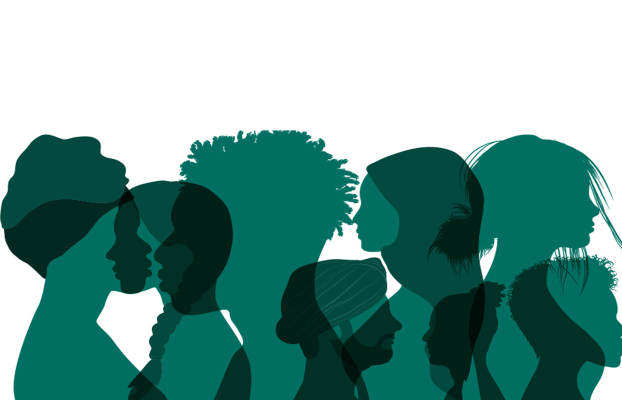The curriculum is at the heart of the student experience and is the most obvious place to demonstrate inclusivity to students. Students who feel that their curriculum is relevant to them are more likely to be motivated and to succeed. The curriculum includes what we teach and how we teach it, including the timetable and infrastructure required. It also includes the Hidden Curriculum, which is the ‘untaught’ component of the educational experience, including the implicit knowledge, norms and behaviours that are required for success at university (Margolis, 2002; Hubbard et al. 2020).
An inclusive curriculum will:
Be transparent about the assumed knowledge and skills required for success.
Inclusive programmes consider students with different entry qualifications (e.g., A level vs BTEC), and proactively ensure that all students start the programme with the skills and knowledge required. This could be done by an intensive start to the programme designed to ‘level the playing field’ before new content is introduced.
Adopt a diverse and decolonised range of perspectives.
Decolonisation requires that historical power imbalances are confronted within the curriculum, including the dominance of White European mindsets on the discipline. This is an issue for all disciplines, not just the arts and humanities. For example, a decolonised economics programme would examine the relationship between the historical slave trade and modern global economic disparities. Inclusive healthcare programmes would consider health inequalities and diagnosis in Black and Asian populations, as well as ableist attitudes within health care.
Allow students to personalise their curriculum where possible.
Inclusive programmes will give students flexibility and autonomy in how they demonstrate their learning. For example, students could be given a choice of essay topic within a module so that they can focus on something they are particularly interested in, which will increase motivation.
Proactively manage and remove barriers to engagement.
Many students build their studies around other aspects of their lives, including caring responsibilities, commuting to campus and paid employment (Leese, 2010). Students with disabilities or long-term health conditions may find it more difficult to come to campus or engage with particular resources. Inclusive teaching activities are designed so that students can engage regardless of their personal circumstances.
Give students authentic opportunities to practise their knowledge and skills.
Learning should be active where possible, giving students regular opportunities to discuss, use and test their knowledge and skills. Pedagogy should be authentic and active, using strategies such as problem-based learning, collaborative project-based activities and reflection on learning. Active pedagogies have been shown to reduce educational inequalities such as awarding gaps.
Ensure activities are inclusive.
All students should feel included and respected in the activities they undertake. For example, an inclusive healthcare programme would actively consider language used when engaging with LGBTQIA+ or ethnic minority patients, or with non-English speaking patients. In other disciplines, it would be inappropriate to plan field work in countries where homosexuality is illegal.




